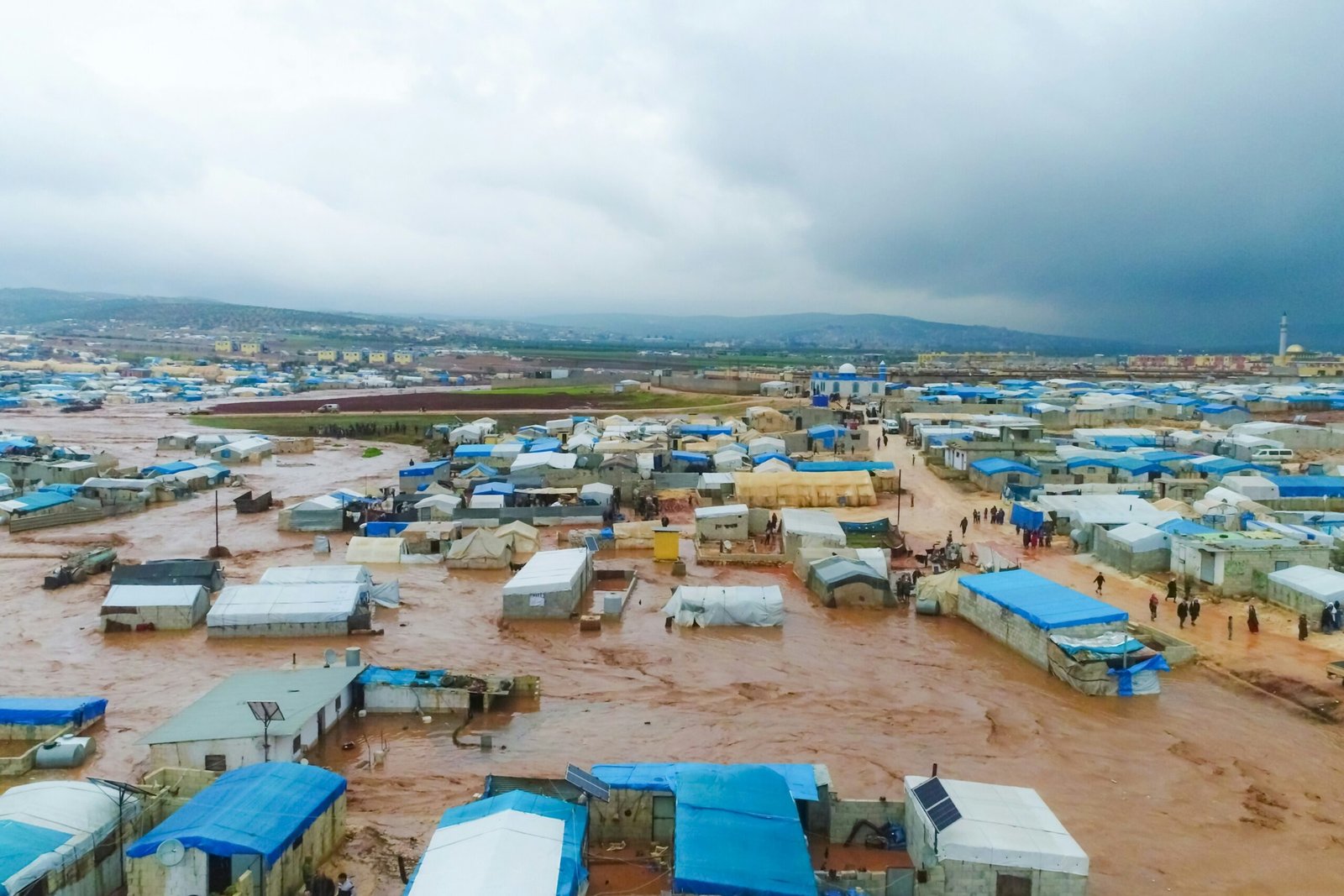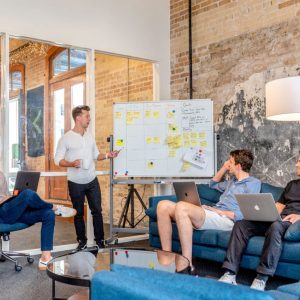Redneck Disaster Recovery
This must be said first Redneck Disaster Recovery IS NOT a tax-deductible 501(c)(3) nonprofit organization yet. We have to file several forms with the state and federal governments before we reach the status of a 501(c)(3) nonprofit organization.
As we receive the donations we will be filling the paperwork needed to reach 501(c)(3) status. All of this paperwork will cost us 4,230.00. WE NEED YOUR HELP!
Once we become a 501(c)(3) nonprofit organization this notification will be taken down thank you for your help.
Redneck Disaster Recovery: Building Resilience in the Face of Natural Disasters
WHO WE ARE
We are a people/ Rednecks who care deeply about relationships and are passionate about serving the people who serve our community. We are thought partners, connectors, and stewards with shared values and a tapestry of backgrounds and lived experiences.
Before I go any further some people get upset with the term Redkneck because the dictionary describes redneck as “https://www.merriam-webster.com/dictionary/noun
1 sometimes disparaging: a white member of the Southern rural laboring class
2 often disparaging: a person whose behavior and opinions are similar to those attributed to a redneck adjective.
However we “REDNECK” people who work out indoors in the sun the sun blisters are back of our neck and turned it red that’s why we’re called rednecks.
We committed to centering equity in our work, we asked hard questions and redesigned our programs. We believe that a co-design approach is essential for a better future for our sector and community. By challenging the status quo, intentionally involving communities’ in decision-making, and continually learning and unlearning, we aim to create an environment where everyone can thrive during any disaster.
Positioned as a connector for our sector, we strive to advance equity and opportunity by enriching our ecosystem. Our offerings are designed to spark progress within individuals, cultivate community, foster sustainable practices in organizations, and maximize ecosystem collaborations. Together, we aim to co-create a brighter, more equitable future for all.
WHY WE DO IT
The Federal or State Governments cannot be depended on when the chips are down. We The People have to help one another. We, collectively, have to tackle the problems.
We believe a key piece of a healthy community fabric is an equitable and thriving nonprofit sector. We are equipping individuals and cultivating cultural shifts to propel forward a vision where everyone can bring their best, whole, and healthy selves to the organizations on the front lines of serving our community.
By accelerating equity on a sector level, we can:
- Bring a healthy diversity of experiences to the leadership table.
- Foster environments where all are welcomed, valued, and heard.
- Model positive systemic change that enriches our community.
BY THE NUMBERS
We aim to strengthen our Disaster Recovery sector one person, project, and convening at a time, with a lens of race equity and evolution informing all we do.

Let us build a Disaster Recovery organization together!
When you help us, you aren’t helping us alone. We will be helping those in emergency needs. We hope to have 1,000 + Teams to respond to disasters of any kind. If you have suggestions as to how to do this job better, please let us know. Once on site we will bring needed supplies and ask locals to help distribute them. Who knows their plight better than they do? As we help them they in turn help us and everyone in need.
Our teams will be highly motivated because they too have been through disasters. Everyone experiences disasters at one time or another of some kind, it is called life.



